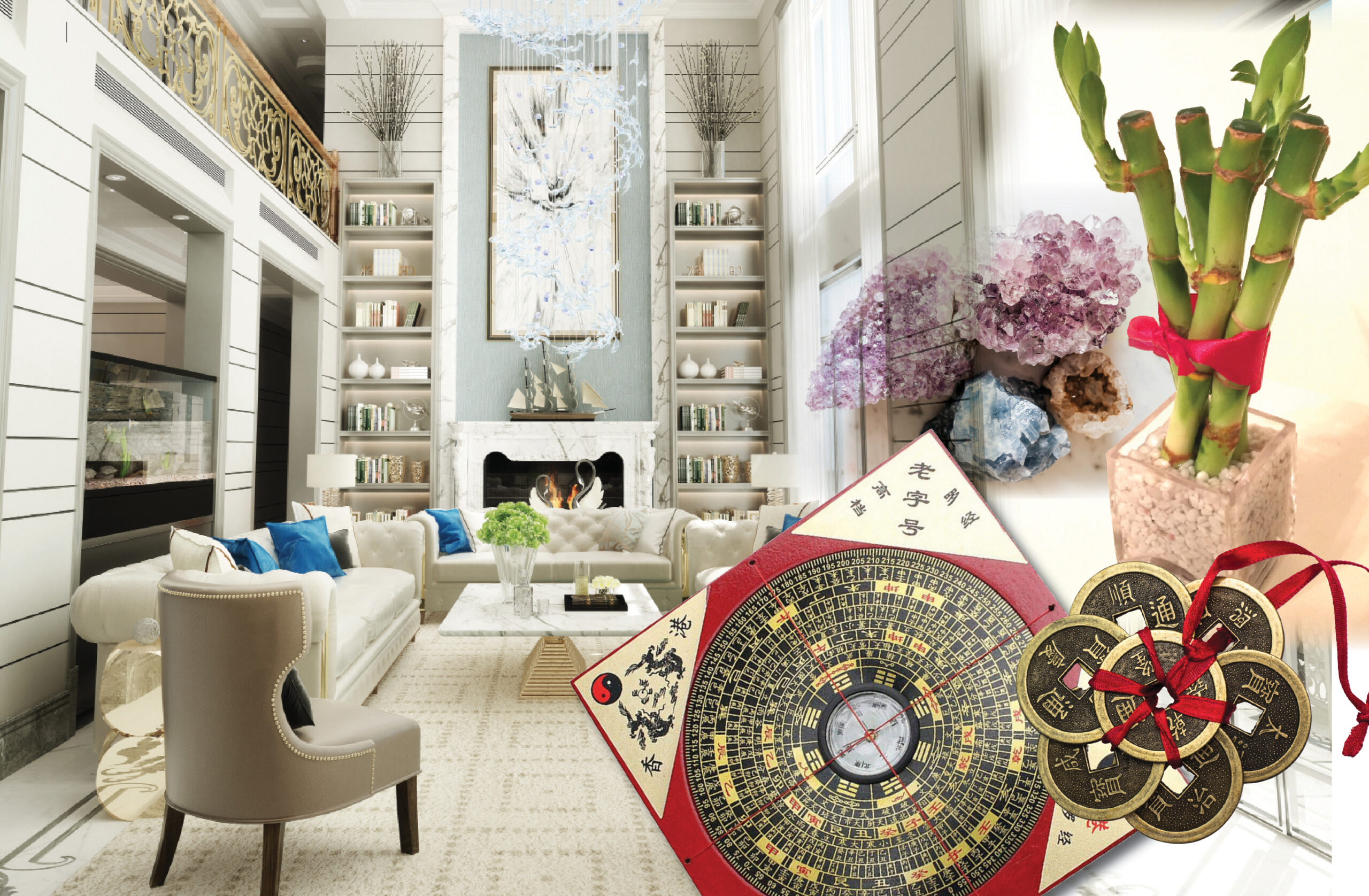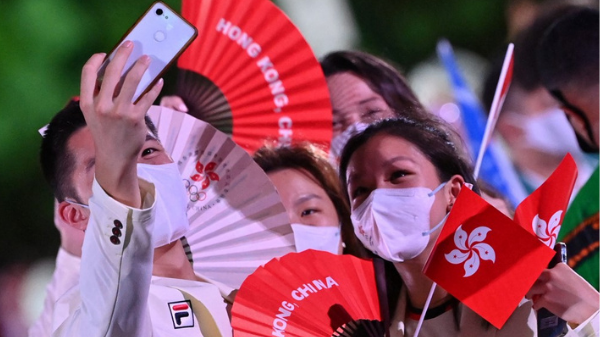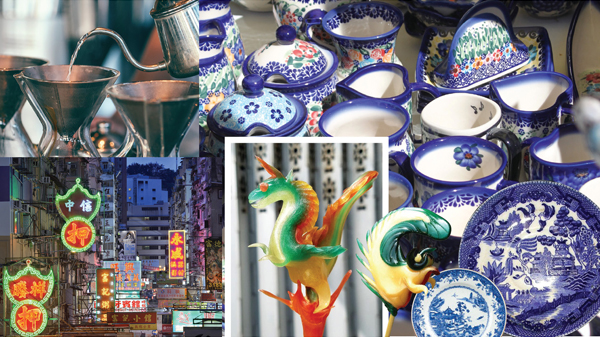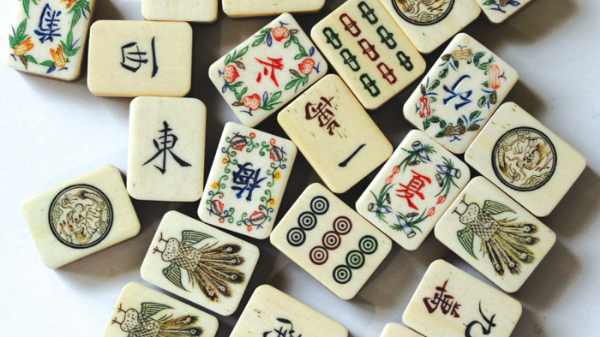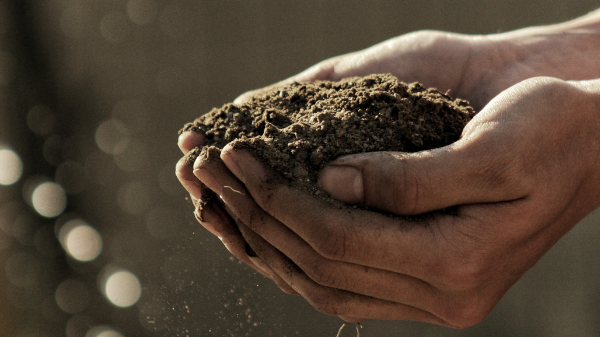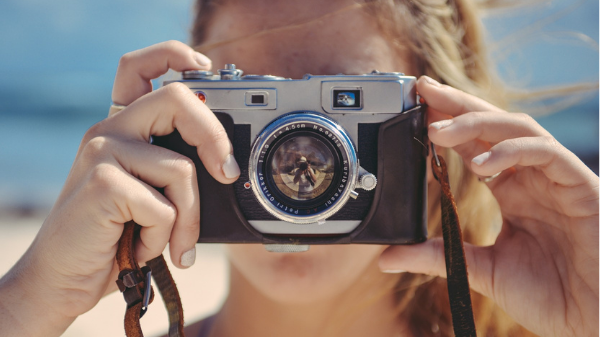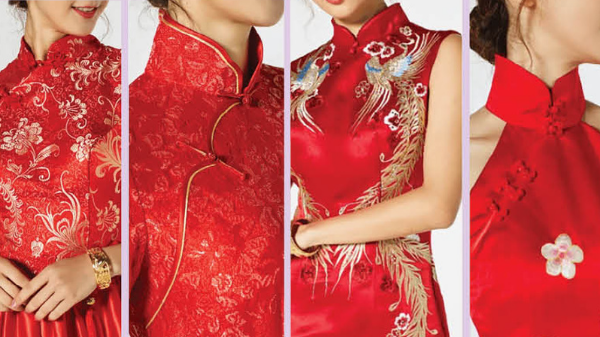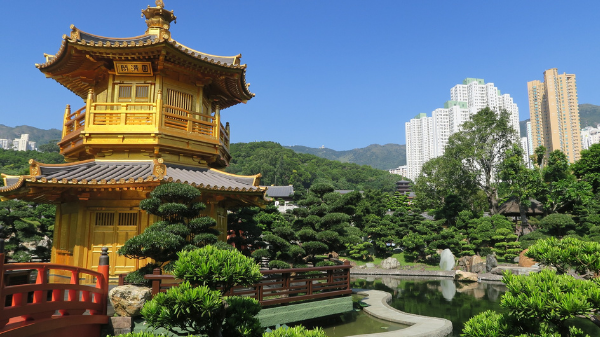Feng shui, the ancient Chinese geomantic art of understanding the universe, is used to bring harmony and balance to a home and its residents. Geomantic principles and the practices of interior architecture and design often follow divergent paths, but ultimately, they align towards the same goal – creating a happy home brimming with an abundance of positive energy.
What is feng shui?
Literally translated as wind (feng) and water (shui), feng shui focuses on the invisible forces of the universe called qi, also known as energy. Practitioners believe that the flow of positive energy throughout a home promotes elevated moods, good health and prosperity, while an accumulated level of negative energy may have severe consequences, such as a failed business venture, bankruptcy, breakup or serious illness. According to feng shui master John Choi, who has accrued substantial knowledge of Eastern and Western preferences in modern home design, “Feng shui is more than just a superstition, it is a science and computation of how energy flows in our environment”.
How to use feng shui at home?
Firstly, determining the direction of the entrance is the most important step in enhancing feng shui in the home by turn. Then, you can focus on each room. An emphasis on rooms that you spend the most time in also greatly affects your well-being. In most cases, this is the bedroom, living room and kitchen. But take heed, as Choi says, “If the direction of the home is not accurate, the entire process and arrangement can amplify bad energy, instead of good”.
To apply feng shui at home, here are a few tips to take note of:
Tip 1: Start at the beginning
Starting from the the most crucial area – the living room – or in the case of larger homes, the entrance hall, the door represents the first checkpoint for qi to flow in. Keeping this area spacious and clutter-free is key. Wall consoles and cabinets that are flush to the wall are perfect for storage space and de-cluttering, allowing a vast area for energy to circulate.
Special attention should be paid to beams in your living area. Avoid placing sofas, chairs or the dining table underneath a beam, since its electromagnetic energy can cause an imbalance that may negatively impact health. This rule applies to beds too. Loose electric cables should also be kept away from furniture on which people sit or lie on.
Also Read: Feng Shui Master Thierry Show, the mystic moderniser
Tip 2: Hang paintings that represent nature and happiness
Symbolism also plays a huge role in feng shui. Choi indicates that imagery such as family portraits, or paintings of natural landscapes like mountains and greenery, symbolise joy and support. These visuals can be hung against the wall behind the sofa or the desk in the study or home office.
Tip 3: Keep everything balanced
A balanced layout, in the form of a square or rectangle, and symmetric proportions also allow qi to flow seamlessly throughout the space. For instance, wall consoles or cabinets of the same height placed on each side of the wall, or arranging a seating area with a sofa facing the television flanked by two armchairs, will provide a calming sense of balance and harmony between people and environment.
Tip 4: Keep opposing elements from clashing
Moving on to the kitchen, a place used to nourish the members of the household, it is an area that can directly impact the health. Feng shui in this space is especially important if you spend a lot of time cooking and eating at home.
If a feng shui expert has been consulted here, it would be addressed that the position of the stove (fire) should not face directly opposite or beside the sink (water). This is because the two elements will clash and create an imblanace in the room. “One way to mitigate such a clash between fire and water is to place small pebbles between the stove and the sink”, says Choi.
Also Read: Personalise your home with these custom-made furniture and bespoke home décor
Tip 5: Use an electric stove in open kitchens
Especially for open kitchens positioned in an inauspicious direction of the home, the gas stove should face away from the main entrance and the living room, as the fire energy will flow out into the area, affecting the health of the entire family. Electric or induction cookers, however, are fair game. If it isn’t possible to install an electic or induction cooker, one way to reduce the impact of negative fire energy would be by placing several metal rulers around the stove area or set up a six- to eight-foot convertible screen in between the kitchen and the sitting area or main entrance.
Tip 6: Position the bed mindfully
Turning the attention to the bedroom, it is a chamber where good feng shui is important, because of it serves as the space for rest and rejuvenation.
The headboard should never be in front of the window or next to the door as the rush of qi that flows in can cause restless nights and bad dreams. But in smaller rooms, where furniture arrangement is limited, there is a simple solution: place a wall console or any décor on a bedside table next to the bed to redirect the flow of energy away from you.
Tip 7: Use plants and mirrors to boost positive energy
Indoor plants such as bamboo and fresh flowers help boost the positive energy of the space. However, mirrors should be positioned mindfully. One common taboo among Chinese beliefs is that, although mirrors can reflect natural sunlight and positive energy around the room, it can also invite unwanted guests and spirits in when positioned towards the bed.
Tip 8: Decorate with auspicious colours
For those new to feng shui, painting the walls in neutral earth tones, such as beige and light grey, while avoiding bold shades of red and black, will generally benefit the home’s balance and serenity. To avoid sickness, decorate with earthy and metallic shades, like green, white, silver, gold or grey.
Also Read: Seven indoor plants to improve feng shui at home
Tip 9: Seek out a professional
As a cautionary note, arranging elements in the home without an accurate feng shui reading is like playing with fire. A seemingly auspicious item placed in the wrong direction can result in grave consequences, so consult an expert before refreshing your décor.

General Setup for the year 2021
According to celebrated feng shui master Peter So’s, 2021 Chinese Almanac, the general set up of feng shui items that will welcome improved relationships, intelligence, good health, happiness and career growth are in the south, east, west, northeast and the centre, respectively. While the north, southeast, northwest and southwest directions correspond to minor and major sicknesses, disaster and gossip.
Referring to the illustrated grid, a pink object placed in the southwest direction will prevent gossip against you, while a music box and water element, such as a glass of water, in the southeast and north direction will reduce any impact of major illnesses. Water elements in the east and centre positions can help boost the intelligence and career energy, while four potted plants in the northeast direction will bring in more joy. To boost your relationship and fortune, place musical and water elements in the south and west grids.
Also Read: How to choose the right birthstone for you
Courtesy to Master John, Choi Wai Hung and Peter So for their expertise.



